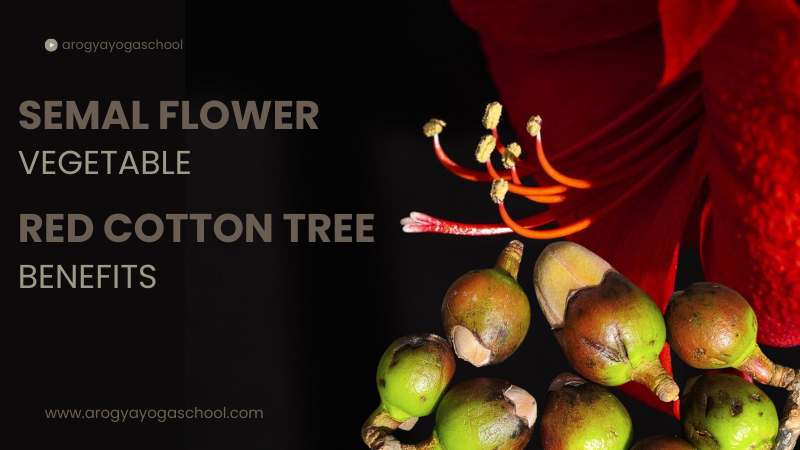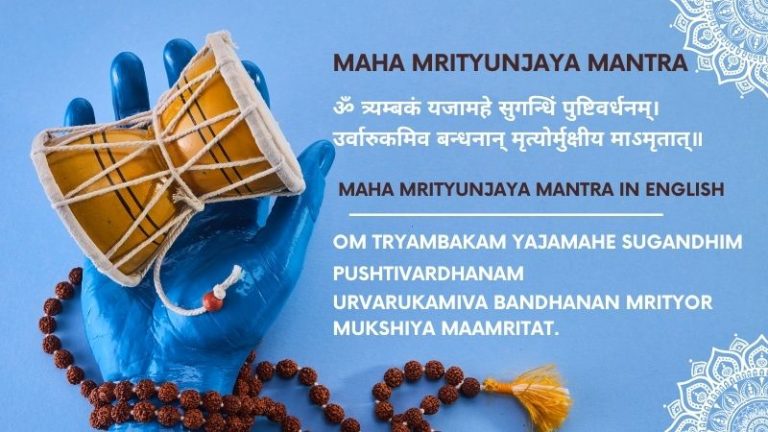
The Red Silk Cotton Tree, scientifically known as Bombax ceiba and referred to as Semal Tree in Hindi, is a deciduous species that presents a variety of health, nutritional, and environmental advantages. widely used in traditional medicine, Ayurveda, and herbal remedies of Semal Tree such as flowers, root,
These components consist of its young pods, blossoms, gum, and seeds. Here’s a summary of their nutritional contributions:
Nutritional Highlights of the Red Silk Cotton Tree – Semal:
Young Pods:
- High in Fiber: Aids digestion and promotes gut health.
- Low-Calorie Count: An excellent choice for those mindful of their weight.
- Vitamins and Minerals: Rich in vital nutrients such as Vitamin C, calcium, and iron which enhance immunity and support bone strength.
Blossoms:
- Rich in Antioxidants: Loaded with bioactive substances like flavonoids that help neutralize free radicals and lower oxidative stress.
- Vitamin C Content: Supports skin health, strengthens the immune system, and aids in collagen production.
- Cooling Effects: Consuming flowers as sherbets or juices can help cool the body during hot weather.
Gum (Semal Gond):
- Source of Energy: Contains natural carbohydrates for a quick energy lift.
- Temperature Regulator: Assists in keeping body temperature down during warm conditions.
- Digestive Aid: Functions as a mild laxative that calms the digestive system.
Seeds:
- Protein-Dense: Offers plant-based protein essential for muscle recovery and growth.
- Healthy Fats: Supplies necessary fatty acids beneficial for skin, hair, and overall wellness.
- Micronutrients Abundance: Packed with trace minerals that support cellular health.
Roots and Bark:
Although not typically eaten, these parts possess medicinal properties along with trace nutrients used in herbal remedies and decoctions for their health benefits.
Health Benefits of Semal Tree – the Red Silk Cotton Tree:
- Wound Care: The tree’s bark and gum possess astringent qualities that assist in healing wounds and warding off infections.
- Digestive Support: The roots and bark are effective in treating digestive problems such as diarrhea, dysentery, and stomach ulcers.
- Respiratory Aid: The flowers are incorporated into remedies for ailments like colds, coughs, asthma, and bronchitis.
- Anti-inflammatory Effects: Gum and bark extracts exhibit anti-inflammatory properties that help reduce swelling and alleviate pain.
- Blood Detoxification: Parts of the plant are thought to cleanse the blood and enhance skin health.
- Reproductive Health Benefits: In traditional practices, it is utilized for conditions such as leucorrhea, heavy menstruation, and infertility.
Skin and Hair Care:
- Cooling Agent: The gum is used in refreshing beverages to cool the body during warm seasons while helping prevent skin irritations.
- Acne Remedy: Extracts from the bark and flowers are featured in facial masks aimed at treating acne while enhancing skin tone.
- Strengthening Hair Treatments: Traditional solutions incorporate Semal extracts to fortify hair strands against breakage.
Environmental Contributions:
- Soil Erosion Prevention: Its robust root system plays a crucial role in stabilizing soil against erosion.
- Habitat for Wildlife: This tree serves as a source of shelter, nourishment, and nesting materials for various wildlife species.







